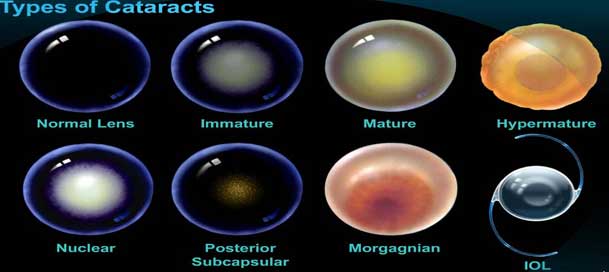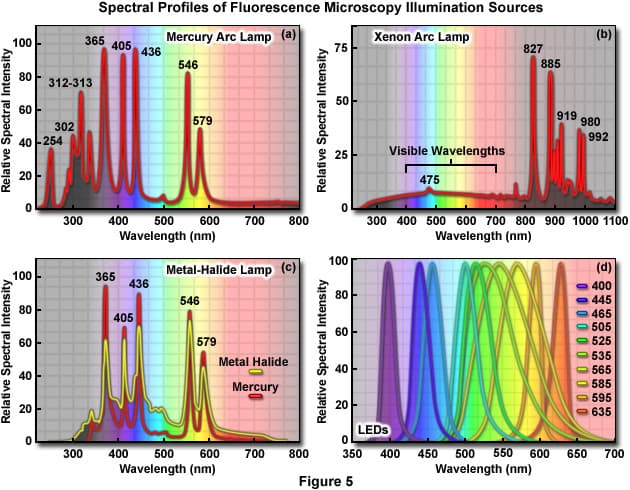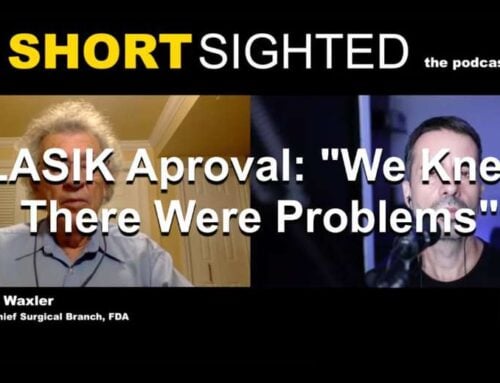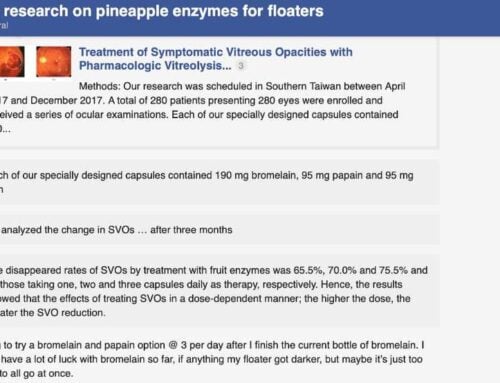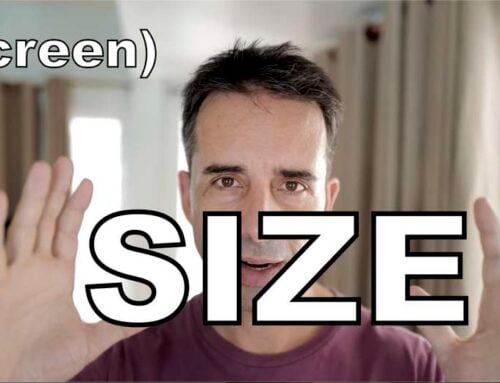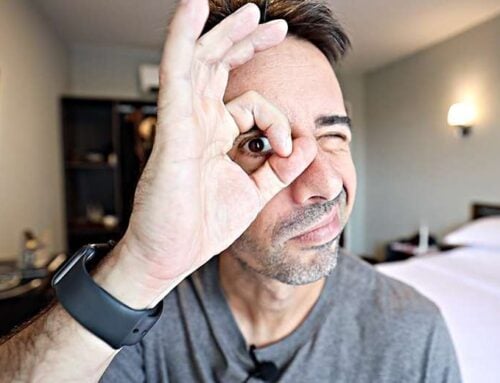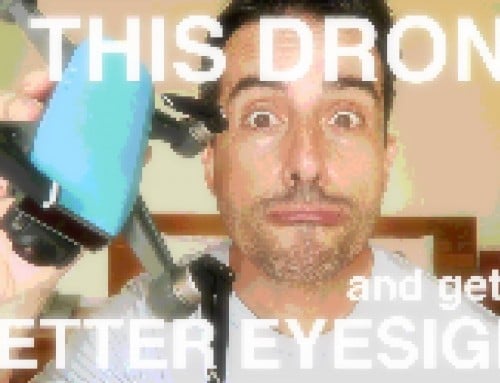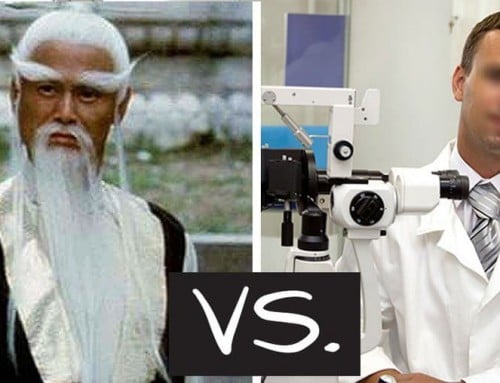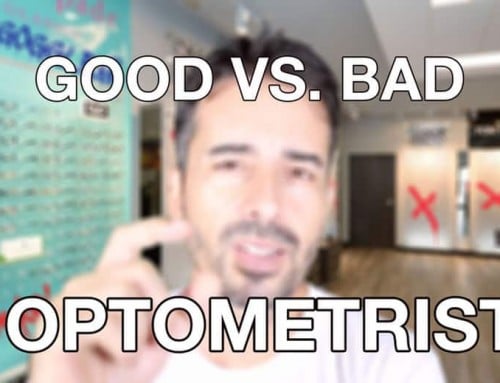UV exposure is considered a very likely contributor to the development of cataracts. And while there is great emphasis on UV filtering sunglasses, most of us aren’t even aware of where we could be getting that potentially dangerous UV: Indoors, while sitting at work in the office.
What’s going on there? Neha here for you today, to give you a bit of the story on UV and your eye health.
There is a great amount of conjecture on what causes cataracts. Though there are quite a number of studies placing the blame on UV light (and sun exposure by extension), the story isn’t altogether clear cut. Take the Beaver Dam Eye study as example:
![]() Exposure to sunlight may be a risk factor for the development of cataract. The relationships between exposure to sunlight and to the ultraviolet-B (UVB) component of light and the prevalence of lens opacities were examined in the Beaver Dam Eye Study.
Exposure to sunlight may be a risk factor for the development of cataract. The relationships between exposure to sunlight and to the ultraviolet-B (UVB) component of light and the prevalence of lens opacities were examined in the Beaver Dam Eye Study.
METHODS. Persons 43 to 84 years of age residing in Beaver Dam, Wisconsin, were examined using standardized photographic assessments of lens opacities. A questionnaire about medical history and exposure to light was administered.
RESULTS. After adjusting for other risk factors, men who had higher levels of average annual ambient UVB light were 1.36 times more likely to have more severe cortical opacities than men with lower levels. However, UVB exposure was not found to be associated with nuclear sclerosis or posterior subcapsular opacities in men. Moreover, no associations with UVB exposure were found for women, who were less likely to be exposed to UVB.
CONCLUSIONS: Exposure to UVB light may be associated with the severity of cortical opacities in men. However, the lack of an association in women, the group more likely to have cortical opacities, suggests that other factors may be more important in the pathogenesis of lens opacities.”
Read More: http://ajph.aphapublications.org/doi/abs/10.2105/AJPH.82.12.1658
It’s not difficult to find studies to the contrary, finding UVA and UVB as significant correlation to cataract development. I can add something for you here, as much as it is anecdotal. Older, male patients I see in the office that work outdoors (moto taxi drivers and the like) have significantly higher incidences of cataracts than those who spend most time indoors. Since I don’t see a lot of older women with outdoor professions I can’t assess the gender gap potential. And while I wouldn’t use my observation as the basis of any assertions about cataracts causes, I do very often recommend a high quality UV protective lens for anyone who spends a lot of time outdoors.
Caveats here, the lens quality is supremely important. This depends a great deal on where you live in the world. In my area there are a lot of very cheap lenses from China which promise UV protection, but have none. It’s very easy to test for UV protection, at any optic shop. If they don’t offer this, find another shop! The machine to test is very inexpensive, and might look something like this:
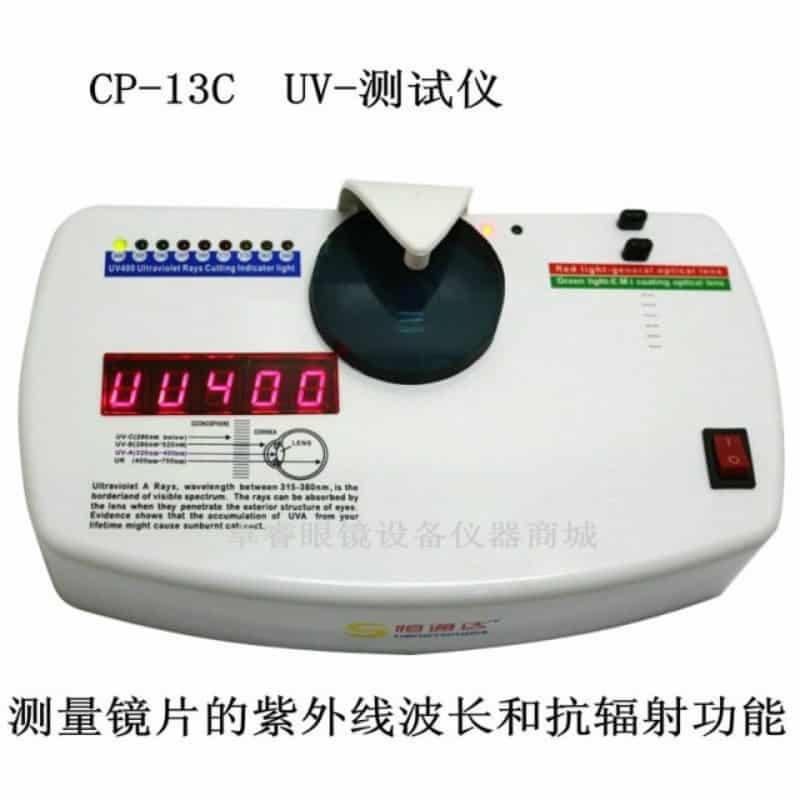 It is a very simple apparatus. There is a UV light source on one side, and a UV sensor on the other. You put a lens between the two, and if UV light passes through, the display outputs a value. If it’s zero, the lens doesn’t let UV through.
It is a very simple apparatus. There is a UV light source on one side, and a UV sensor on the other. You put a lens between the two, and if UV light passes through, the display outputs a value. If it’s zero, the lens doesn’t let UV through.
That’s what you want. No UV.
Of course for Western readers, this isn’t necessarily the case. You want natural outdoor light (in the shade, not full sunlight), from time to time. Westerners tend to have a lack of UV exposure, especially those in northern European countries. Two or three hours a week are great. Above is mostly for those in tropical regions, spending all day, every day outdoors.
While we don’t know for certain about UV exposure and cataract development, there is certainly enough evidence to suggest a connection. To be safe, we want to limit our UV exposure, including near-UV. And here is what might worry you:
![]() Sunlight and many types of artificial lighting contain near-UV light (300–400 nm). These wavelengths can enter the eye and are maximally absorbed in the lens due to its chemical composition.
Sunlight and many types of artificial lighting contain near-UV light (300–400 nm). These wavelengths can enter the eye and are maximally absorbed in the lens due to its chemical composition.
The lenses of certain animals develop cataracts from exposure to this light, and changes similar to those that occur in human lenses with certain types of cataracts and with aging are inducible in isolated human lenses. These changes seem to be associated with chemical alterations in the essential amino acid tryptophan either as a part of proteins or in free form. Such changes in tryptophan would result in lens cell toxicity, in increased pigmentation of the lens, and in large aggregates of proteins.
The latter two changes would result in losses in the ability of the lens to transmit visible light needed for vision, and the abnormal state called cataract would result. Much more work is needed to prove that near-UV light can accelerate cataractous changes in the lenses of living humans.
Studies at the basic chemical level are needed, but population studies would be most essential for the final proof. Many preventive measures could become available, including the use of special types of spectacles and dietary additives.”
—
Published in Photochemistry and Photobiology: http://onlinelibrary.wiley.com/doi/10.1111/j.1751-1097.1977.tb07511.x/abstract
This near-UV spectrum is indeed part of a whole lot of artificial lighting sources.
Now to put this in perspective, it isn’t necessarily a reason to give up on modern life altogether. Near-UV in a lot of light sources isn’t exactly significant. It would make for some good scare tactics and click bait writing, but in reality your risk factor may not be that high. Here is another way the light output can be presented:
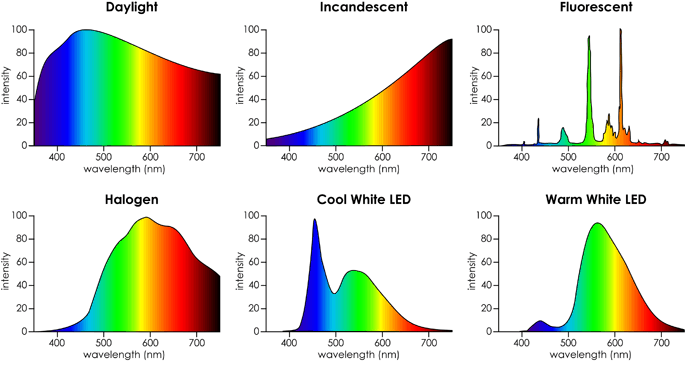 Less fright inducing, this way. There is still far, far less near-UV in most artificial light sources, than natural light. And you are probably wearing UV filtering lenses while doing close-up work indoors, cutting your UV exposure some more.
Less fright inducing, this way. There is still far, far less near-UV in most artificial light sources, than natural light. And you are probably wearing UV filtering lenses while doing close-up work indoors, cutting your UV exposure some more.
In the end, does artificial light source UV increase your cataract risk?
Probably not. At least not enough to be legitimately concerned. If you are worried about it, wear lenses with explicit UV protection while working indoors. Of course you also want a coating to reduce glare.
Reading all this should give you some pause. Realize how much light affects your eyes. Realize how different light sources put out a completely different spectrum, something you don’t even notice most times. These different types of light do very much affect many parts of your vision, and health. Light can affect mood, sleep cycles, and your eyesight. Adjusting the quality of your light can significantly impact the quality of your life.
In keeping with Alex’ suggestions, try to get lots of natural ambient light into your day. Even when you work indoors, try to catch a desk near the window. Take good care of your eyes!
Om Shanti,
– Neha

